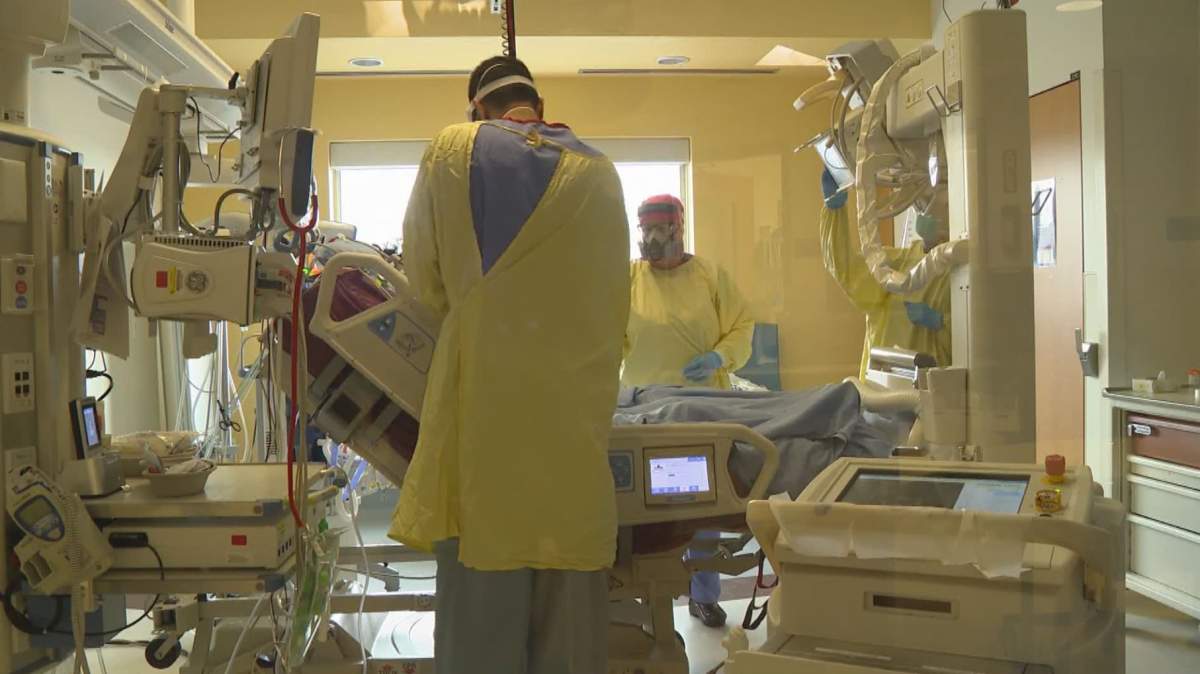The month of February emerged as one of the deadliest months of the COVID-19 pandemic for Saskatchewan.

On Thursday, the province released its newest COVID-19 weekly report for the week of Feb. 20 to 26.
The report indicates Saskatchewan recorded 44 COVID-19-related deaths in the seven-day stretch, which brings the province’s death total in February to 143 — the third-highest monthly total for Saskatchewan since the pandemic began.
Moreover, the report does not include the last two days of the month, which will be part of next week’s statistics.
“Obviously that’s discouraging and disheartening, just thinking of the number of families that are impacted,” said Dr. Cory Neudorf, interim senior medical health officer for the Saskatchewan Health Authority.
“It’s very sobering to hear those numbers from a statistics point of view, but it was completely expected based on the number of cases that we had in the last month to month and a half projecting forward.”
The deadliest month in the province so far during the pandemic was in October of last year when there were 156 deaths.

Get weekly health news
Taking a closer look at the numbers, 11 deaths were reported last week in the north central zone — the highest amount out of all provincial zones.
The Regina zone had the second-most deaths from Feb. 20 to 26 with nine, followed by five in the central east and southeast regions.
Neudorf, who is also a professor in the department of community health and epidemiology at the University of Saskatchewan, is worried that the health-care system could be pressured even further heading into the spring months with the lifting of provincial public health restrictions in February.
“This is exactly what we were predicting a little over a month ago with just the sheer number of cases that we’re seeing with this Omicron variant in regards to hospitalizations and deaths. We’re going to be increasing, unfortunately.” Neudorf explained.
“There’s a lot of anxiety right now with health care that if we’re going to see a big change in public behaviour over the coming weeks, we could see this sustained pressure well into April, if not end of May. It could actually get worse during that time period.”
As of Wednesday, the province had 30 people in intensive care units and 353 total COVID-19 hospitalizations.
Despite the lifting of measures such as required masking in indoor public spaces or providing proof of vaccination, Neudorf suggested people should still remain vigilant.
“People who are immunocompromised and they have underlying medical conditions, they’re going to be especially worried right now. It will be more important for them to be wearing masks and being more careful when they’re out and about,” he added.
“It’s important in trying to remember that we are still in this all together and we’re still at a stage where we need to get the virus transmission down to keep our health system safe.”










Comments